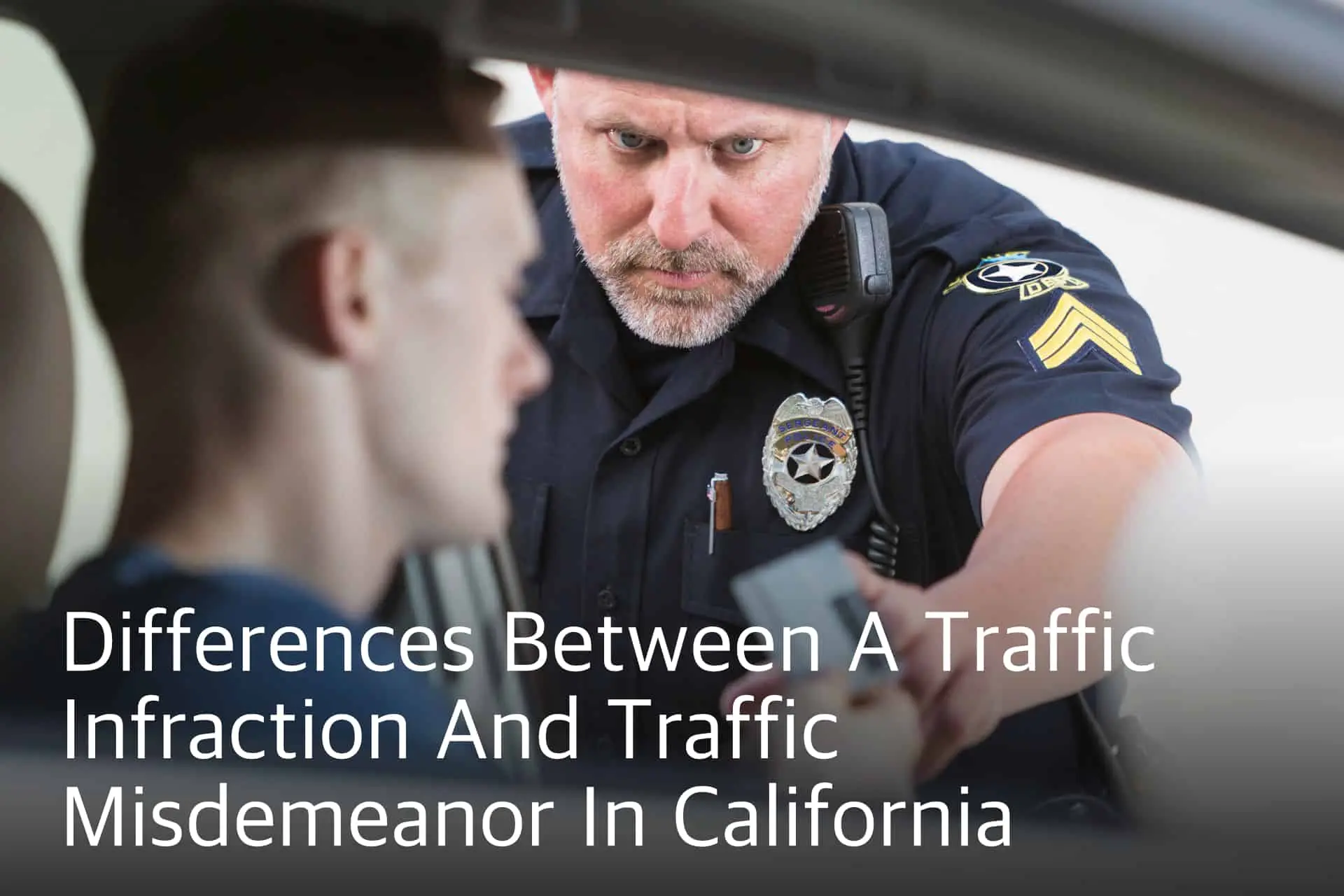The guiding principle of the 4th Amendment is that people are to be free of unreasonable searches, which in many instances means police must obtain a lawful warrant before conducting a search. One of the many exceptions that permit warrantless searches was established in a 1968 US Supreme Court case, Terry vs. Ohio.
The Teri Stop: An Investigative Detention
The Teri case involved a police officer who observed three men on a sidewalk pacing in front of and peering into a storefront window. Concerned they were pondering a robbery, he approached them and began asking questions. Unsatisfied with the responses, he frisked one of the men, found an unpermitted gun and arrested the three. The defendants claimed there was no probable cause basis for the search, and therefore the arrest was unlawful. The Supreme Court disagreed. Citing a strong interest in crime prevention and officer protection, the Court, noting a detention is far less intrusive than an arrest, established the parameters of a Teri stop as:
- If there is reasonable suspicion of criminal behavior, an investigate stop is permitted, and
- If there is a reasonable belief the detained suspect has a weapon, the officer may conduct a limited pat down to uncover the presence of guns, knives, clubs or other weapons.
The Scope of Stop and Frisk
Clearly, where the police encounter occurs and with whom goes to the heart of the reasonableness. For instance, there is a wide disparity between acceptable police conduct in a crime ridden Los Angeles neighborhood versus in an affluent Orange County community. Part of the problem is the lack of data that could demonstrate a link between suspicious behavior as suggested by the police and the actual connection with a crime. And although stop and frisk is still legal, how it’s applied by the police may be problematic. For example, in Floyd v. City of New York, it was found that of 4.4 million stops that were made in an eight year period in New York City, over 80 percent were of African-American or Latino individuals. Stop and frisk was subsequently curtailed as a police procedure in the city.
Stop and Frisk as Applied
In the years following Teri its scope has expanded greatly through various court decisions giving law enforcement wide latitude in what is considered reasonable suspicion. A recurring theme in the Court’s reasoning is to make common sense judgments in allowing the police to make reasonable inferences from a suspect’s behavior in determining if a stop and frisk is legal.




